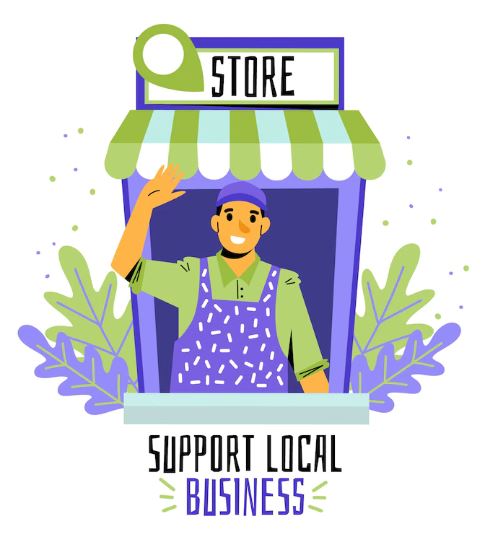Are you a developer looking for the perfect business area to land a new application? What about one that allows entrepreneurs to contact their clients more effectively than using social media? Big marketplaces always start with a website where people can look for the items they need.
But to achieve that goal you need an image classification system for the products’ images. In the present article, we will explain what it is, the way it works, and what are the best software that will speed up the process. Read it to figure out efficient and cost-effective tools that will help you without expensive fees!
Image Classification: The Key Of Visual Computing AIs
Image Classification, also known as image annotation, is a visual computing technique for classifying real-time objects based on trained model categories. It uses Artificial Intelligence and Machine Learning solutions to determine to which classes an image is related. They work with a prediction system and a strongly developed confidence level. This allows you to quickly search and identify unique visuals among a large number of photos.
Remember that the pictures you want to organize have to be captured for the device camera or saved in the gallery. But they must always be in digital form, with compatible formats like JPG, PNG, or TIF. These kinds of programs, most of them APIs, also provide you the prediction level accuracy in percentage using the model you defined.
And the benefits of incorporating image classification are, mainly, reducing the searching time, improving image detection based on its content, and automating analysis. You can organize objects, people, text, and many other things, as well as detect any inappropriate information too. In the small business case, the most important application would be organizing the product photos to make them more accessible to potential customers. If you can optimize the search functionality of an application, they will find your goods quicker.
Best Image Classification APIs Every Developer Must Know And Test!
Image Tagging Content API
This online machine learning and deep analysis tool will be your finest assistance in recognizing and categorizing your large image collection. The major feature of the Image Tagging Content API is the ability to filter and search your photographs based on their content. As a result, you could distinguish between persons, places, things, and more categories in more than 100 images. To make it work, you must submit the image URL you wish to convert to the endpoint. The API will then return precise info about it to you. For example, the tag term in the language you previously picked -there are more than 29! as well as the trust level. This category displays a percentage of faithfulness over the tags detected by the AI. You may get it for free by clicking on the following link: https://zylalabs.com/subscribe/45
Image Labeling API
This image API makes it simple to extract labels/tags from photos and recognize particular information right away. For insights into your visual material, you may use our pre-trained models! They evaluate photographs for objects, colors, food, explicit content, and other subjects. Deep learning algorithms will search the photos you need and then organize them in the function of keywords related to their content. Image Labeling API will leave your dashboard clean and sorted in minutes!
Tencent Cloud Image Analysis
This software provides complete image intelligence services such as:
-Comprehension: analyzes scenes, objects, animals, etc. in photographs)
-Processing: crop and enhance images
-Quality evaluation; measures the quality of the visual picture
-Search: look for the same or similar pictures in the given gallery
-Tagging: label photos based on their content. It includes several categories which may identify sceneries, environments, objects, people, animals, and other information in photographs.
To use it you have to get your picture dataset ready. Then, assign labels to items in the classes so that the models can detect them. After that, draw a box around each image and the object you want the ML model to recognize in each one. The following step is choosing a label for each bounding box you drew. Your annotations will be saved on the JSON programming code.





